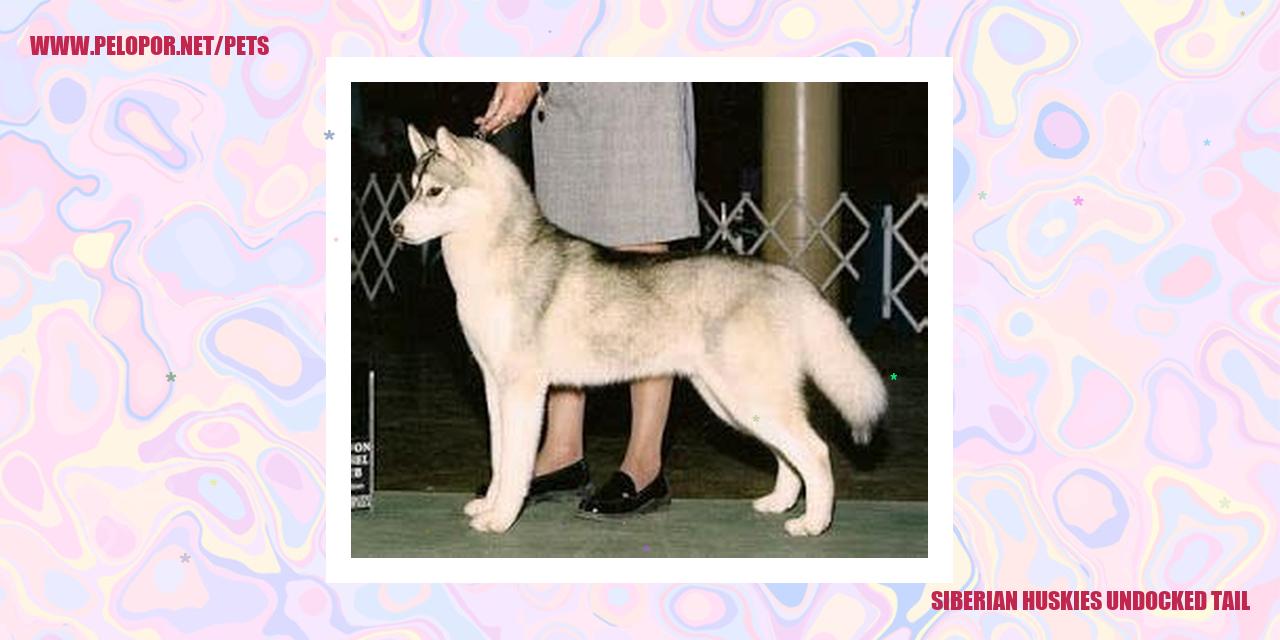Siberian Huskies Undocked Tail
Discover the beauty and significance of Siberian Huskies with undocked tails – a testament to their genetic integrity and historical purpose. Explore
Siberian Huskies undocked tail

Siberian Huskies with Untrimmed Tails: A Detailed Insight into Their Looks, Purpose, Breed Standards, and the Controversy
Appearance
Siberian Huskies are renowned for their striking appearance, which includes their untrimmed tails. These magnificent canines possess a well-proportioned and robust physique, draped in a dense double coat that presents itself in an array of colorations and designs. One of their distinguishing features is their luxuriant tail, which elegantly arches over their back.
Function
The untampered tail of a Siberian Husky serves multiple essential functions. It acts as a guiding mechanism, aiding them in maintaining balance and stability while traversing through snow and challenging terrains. Moreover, their tails provide a means of communication, expressing various emotions and intentions through tail language. The animated movements of their tails indicate their mood, enthusiasm levels, and even potential warnings.
Breed Standards
The breed standards for Siberian Huskies permit both docked and untouched tails. Historically, many working dogs, including Huskies, had their tails docked to prevent injuries and accidents during their occupational duties. However, contemporary perspectives favor preserving the natural presentation and utility of dogs. Consequently, numerous breed clubs advocate for the preservation of untrimmed tails to uphold the breed’s authenticity and innate structure.
Controversy
The practice of tail docking in dogs, including Siberian Huskies, has sparked considerable controversy. Opponents argue that it is an inhumane procedure that inflicts unnecessary pain and discomfort on the animals. They assert that dogs should retain their natural tails as they serve vital purposes and embody their distinct identity. Conversely, proponents of tail docking contend that it helps prevent injuries and infections, particularly in working dogs. The ongoing debate emphasizes the importance of responsible breeding practices and the welfare of the animals involved.

